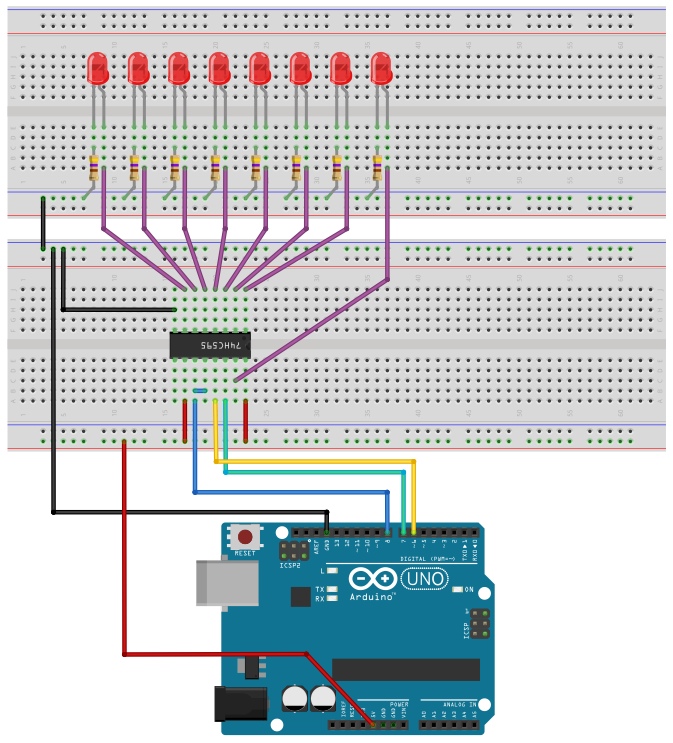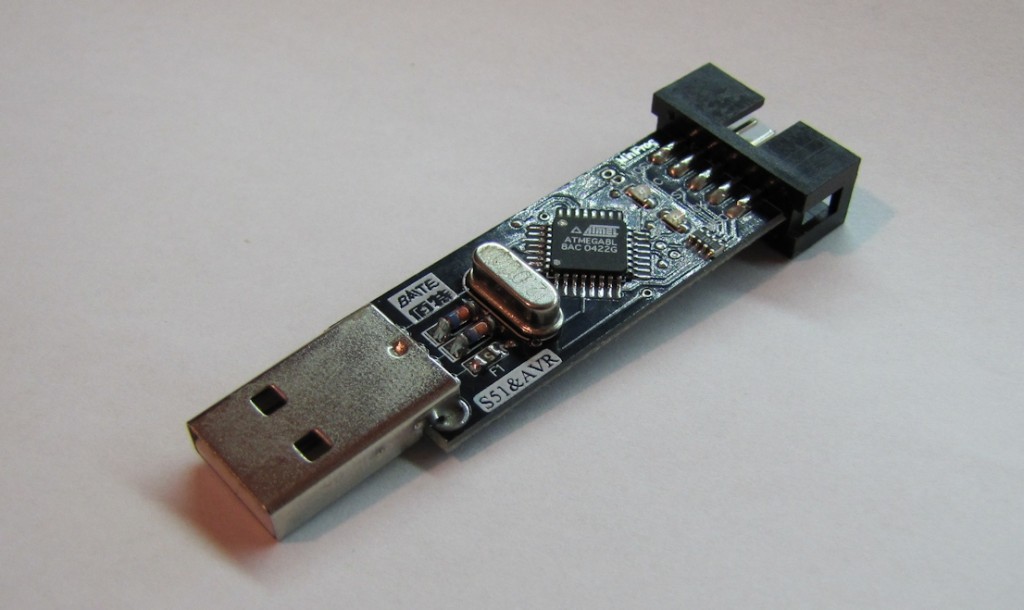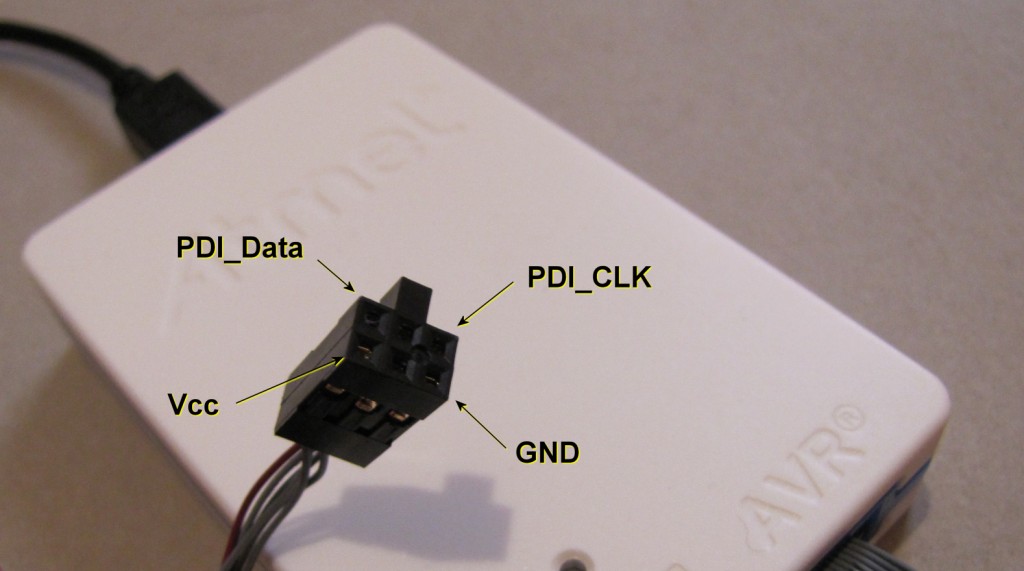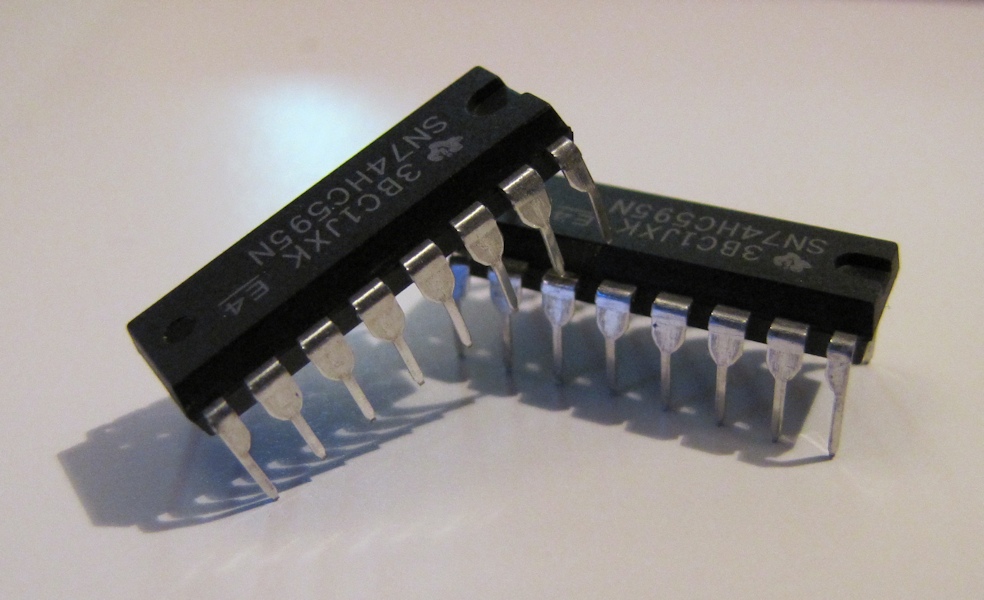How to autostart your app if it needs keyboard access, protect it against malicious Ctrl-wielding users, and shut the system down properly without locking yourself out forever!
Category Archives: Beginners
Introduction To The Arduino Serial Plotter
Version 1.6.6 of the Arduino IDE is upon us, and with it – among other novelties – is the Serial Plotter, a basic graphing utility for visualizing data, debugging and show-off. What is it, and how to use it? Here’s a little guide…

Connecting the Atmel-ICE PDI Connector
(Software)Serial Killer
In me previous rant, I mentioned that even Arduino’s own SoftwareSerial library suffers from issues that make it unreliable. Here’s how you can see that for yourself.
Why Arduino Libraries Suck
I was never a big fan of using Arduino libraries (i.e. libraries written by people other than yourself), but this time it’s gone too far. They simply can’t be trusted. They do more harm than good. These libraries are evil. Do you think I’m exaggerating? Well cover your nose, because we’re about to go where things really stink!
Why You Don’t Want To Use Dynamic Allocation On Your MCU
If you have some background in computer programming languages, and you just started working with low-memory MCUs, you may be tempted to do some dynamic allocation in your programs. After all, that’s what smart memory management is all about, right? Well, the truth is that in the vast majority of cases, dynamic allocation in MCUs will be pointless and even detrimental. In this post, I will explain why.
Continue reading Why You Don’t Want To Use Dynamic Allocation On Your MCU
Dealing With “AVRDude: stk500_getsync(): not in sync” Errors
These error messages are not only common, but also very annoying. Their text is unfriendly and unhelpful; so what’s really the problem, and what can you do to fix it if and when it happens to you?

Continue reading Dealing With “AVRDude: stk500_getsync(): not in sync” Errors
595 Continued: A More Advanced Example
I finished the 595 Beginner’s Guide with a fairly simple example project. As a supplement, here’s another project, based on the same setup but just a little bit more complex, where we manipulate another input pin on the IC – and by doing that, control the output LED brightness!

Programming AVR Microcontrollers With Linux (The Relatively Easy Way)
After playing with the Arduino for a certain period, you may feel an urge to move forward to stand-alone microcontrollers. The official way to program AVR MCUs is with the Atmel Studio IDE and an Atmel programmer/debugger, such as Atmel-ICE. But Atmel Studio is only for Windows, and the programmers are pretty expensive. Here’s an alternative.

Continue reading Programming AVR Microcontrollers With Linux (The Relatively Easy Way)


